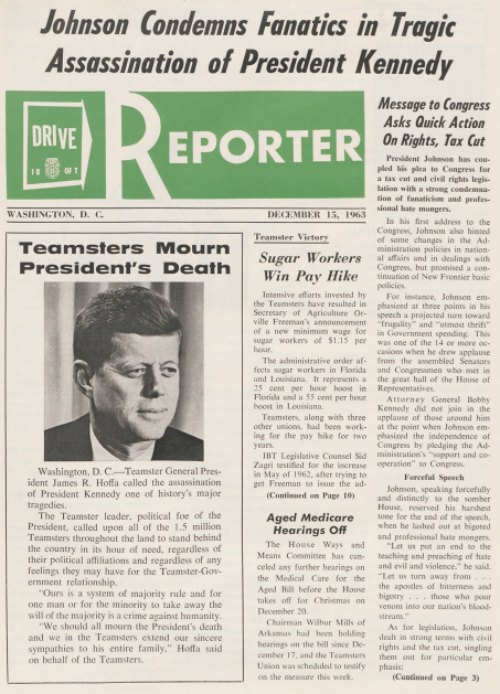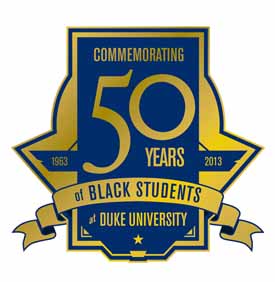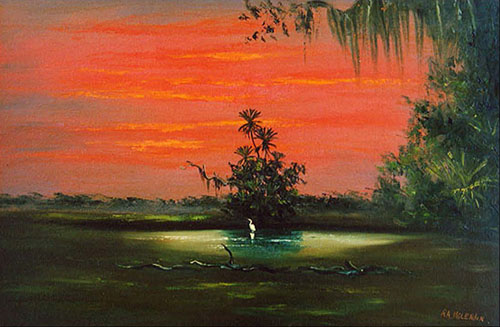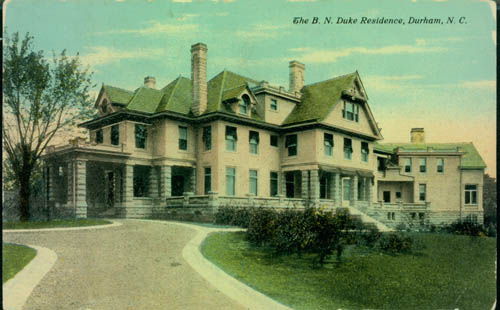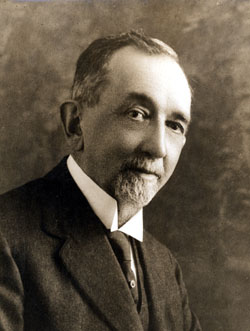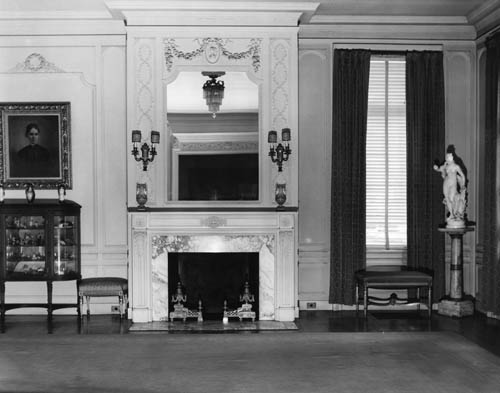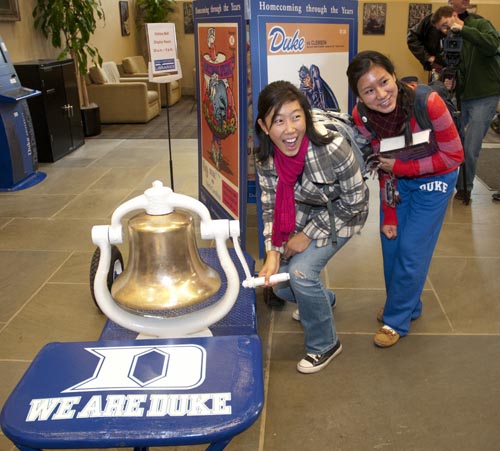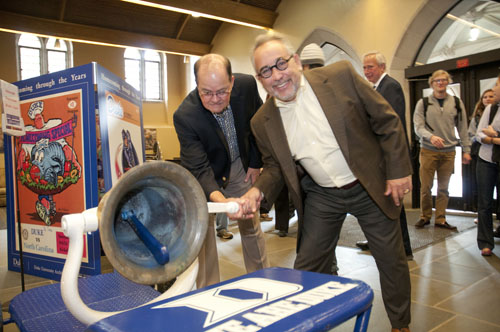Wikipedia—love it or hate it, it’s a hallmark of Internet culture. It’s also one of the most common ways students and scholars begin a research project. That’s why, as a field experience student in the Rubenstein this semester, I’ve begun a project to incorporate content from the Rubenstein into Wikipedia and Wikimedia Commons.
Adding a link to an archival finding aid in a Wikipedia article can direct readers to more information on a subject, and it can serve as a reference for adding new content to an existing article.
I’ve been editing Wikipedia in two main ways. The most straightforward edit is to find a biographical article on Wikipedia and link from the article to the finding aid for that person’s papers on the Rubenstein’s finding aids site. For example, I’ve linked finding aids for many of the prominent economists’ papers housed at the Rubenstein, notably Nobel Prize winners such as Kenneth Arrow and this year’s Nobel Prize-winner Alvin E. Roth.
If the Rubenstein holds someone’s personal papers and they don’t yet have a Wikipedia article, that’s a perfect opportunity to create one. This was the case with economist and journalist Leonard Silk and North Carolina filmmaker Herbert Lee Waters.

The other main type of contribution I have been making has been uploading selected photos from Duke’s Digital Collections to Wikimedia Commons and then using those photos to enhance Wikipedia articles. My favorite contribution so far has been adding a photo from the Sidney Gamble Collection to the gallery in the Wikipedia article on Tiananmen Square. I can’t say why the people in the photo are gathered, but it illustrates (as photos do so well!) the historical importance of the square as a place for public demonstration.

This project has been a great way to get familiar with the treasure trove of collections held by the Rubenstein, but there are many more ways to highlight archival collections in Wikipedia. If you’ve used the Rubenstein’s collections and found something you want to share with the world, why not include it in Wikipedia?
Kristi Krueger is a field experience student from UNC’s SILS working in the Rubenstein Technical Services Dept.



